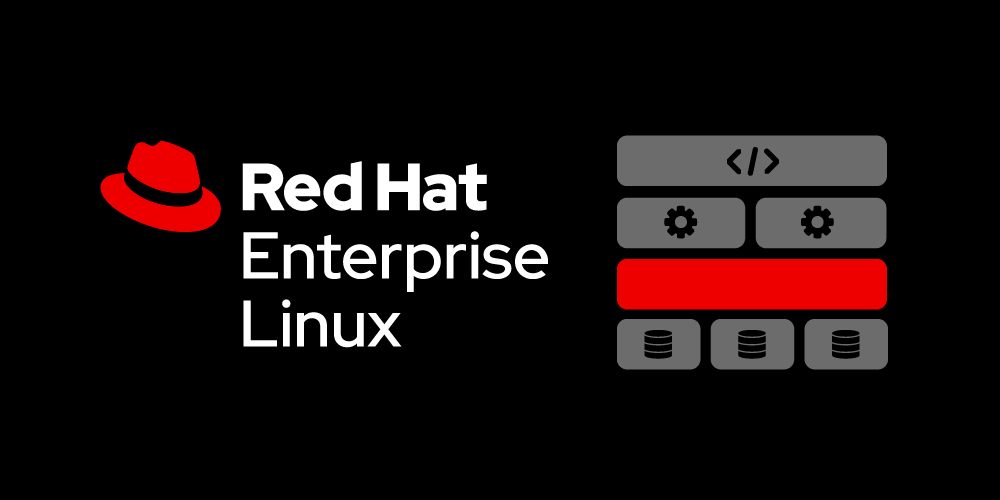Portfolio Details
Project Information
- Category: IT Migration and Automation
- Client: Confidential Healthcare Provider
- Project date: Ongoing
Healthcare Sector Application Migration
I led a critical project to migrate a healthcare application infrastructure from RHEL7 to RHEL9, ensuring compliance with end-of-life policies for RHEL7. The task involved analyzing existing test and production environments, developing Ansible roles and playbooks, and deploying the upgraded infrastructure. This application was used by patients, making it life-critical.
The primary goals of this migration were to maintain system stability, minimize downtime, and enhance performance. I began with a comprehensive analysis of the current configurations and workflows, which informed the development of a strategic migration plan.
Using Ansible, I automated the deployment of the new RHEL9 infrastructure, including the setup of new application servers and PostgreSQL databases. The new RHEL9 servers were configured in parallel to the existing infrastructure to ensure a seamless and safe switch, guaranteeing no downtime.
The key components reconfigured and standardized to improve functionality and security included:
- Filebeat for optimized log management by configuring it to collect and forward logs to the new Logstash, enhancing monitoring and troubleshooting.
- F5 Web Application Firewall (WAF) for enhanced security by setting up and standardizing the configuration to protect against web exploits.
- SIEM integration with Mnemonic for comprehensive security monitoring and incident response.
- Logstash for efficient log aggregation and processing, ensuring systematic log analysis.
- Jumphost to facilitate controlled access to the infrastructure, improving operational security.
The migration resulted in enhanced system performance and reliability, driven by the updated OS and automated deployment processes. The standardized configurations of Filebeat, F5 WAF, and SIEM significantly bolstered security, providing robust protection against potential threats.
Overall, the Healthcare Sector Application Migration project effectively met the client's needs, ensuring a seamless transition to RHEL9. This migration positioned their application for future scalability, enhanced performance, and increased security, highlighting the importance of strategic IT infrastructure management and automation.





